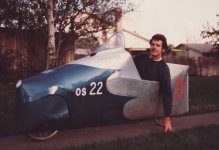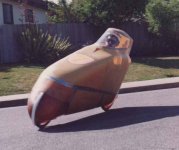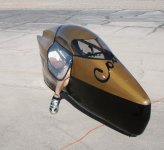Chalo said:Why? Bikes are proven tech, optimized for generations. If merely riding one were capable of inflicting that kind of damage, we'd know it, and what we consider normal bikes wouldn't be normal. So there's something else to it.
My son rode his BMX as kid. He and his friends did the usual BMX stuff, where the seat is basically to rest on between tricks. Road riding was not popular with kids, and too dangerous for unaccompanied kids anyway. As a teen he rode with the family, on a recumbent. In Japan, he had to order a roadster big enough to fit someone his height. The local shops didn't carry any that tall. It was the typical grey, mattress saddle, Dutch style roadster that everybody in Japan rides. He rode with the seat at the correct height, unlike most folks there, who ride with the seat set way down, to allow sitting flat footed at stops. They ride with their knees coming up to the their chest, and stand to start from a stop. They are pretty flexible, and don't seem to mind bending their knees like that. This comes from eating sitting on the ground, with their legs under them, and using squat toilets. My son got very good at this. I tried it at a dinner, figuring I was pretty fit, but after ten minutes I thought my knees would explode. Anyway, after a few weeks commuting, he started to have problems. He might have been able to hack it with padded pants, but he would have gotten lots of unwanted attention at work. The school he taught at didn't have AC, and left the windows open in the winter. So he figured he'd just tough it out, and get over it. Instead of getting better, it got much worse. Going back to walking to work didn't stop it, as it had become a self-reinforcing condition by this point.
I can only hope you get to experience something similar, you sanctimonious ass.





